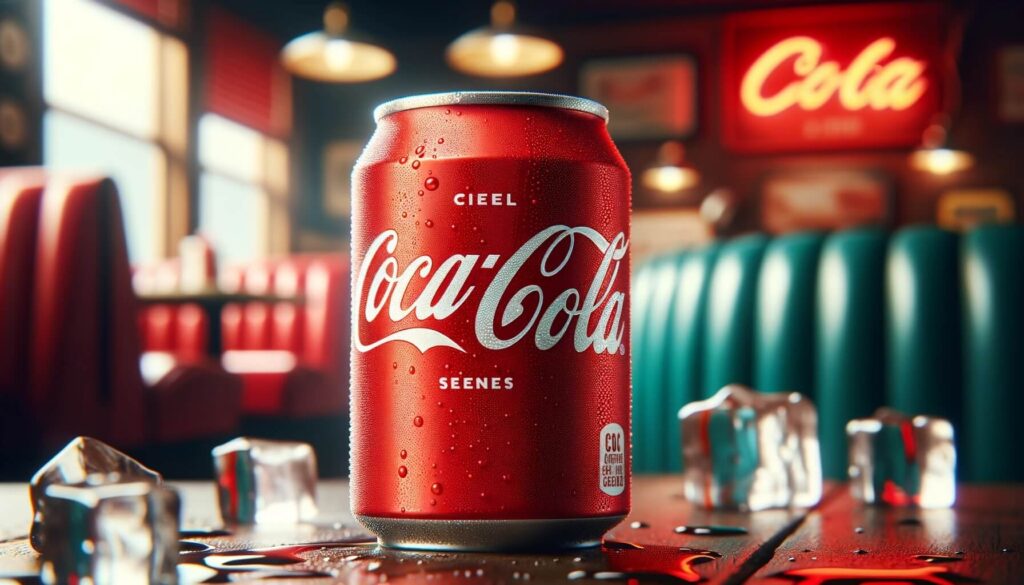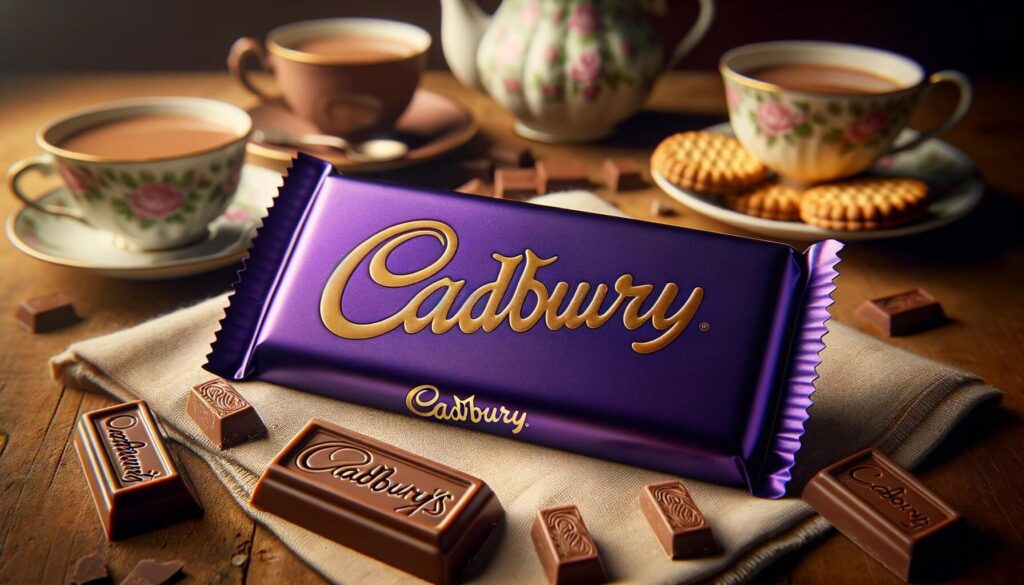



Prompt Used: Wide product photography shot of a [product description and color] with the word ‘[prominent word]’ prominently embossed on [specific location on the product]. The [product] is presented against a backdrop of [background description], with [additional elements or details, if any].
In the evolving digital landscape, product photography isn’t just about capturing an object. It’s about narrating a story, invoking emotions, and promising an experience. While traditional photography has its charm, the world of AI-driven visual generation in advertising is reshaping how we perceive products. Central to this transformation is prompt engineering. In this piece, we’ll delve into this technique and how advertising professionals can utilize it to craft compelling product photos with AI.
1. The Essence of Prompt Engineering
Prompt engineering is all about providing detailed textual instructions or “prompts” to guide an AI in generating specific visuals. Think of it as giving a detailed brief to a seasoned photographer, but here, the photographer is a machine learning model.
Example: Instead of requesting a “red shoe” image, a detailed prompt like “a sleek red high heel against a backdrop of a bustling New York street at sunset” provides context-driven product photography that tells a story.
2. The Unparalleled Benefits for Advertisers
a. Tailored Customization: With prompts, every element of the image can align with brand messaging, from the product’s positioning to its surrounding ambiance.
b. Cost-Effective Solutions: Organizing photoshoots often comes with hefty costs. AI-generated visuals offer high-quality imagery without these overheads, making it a cost-effective solution.
c. Embracing Rapid Prototyping: Advertisers can now test multiple visuals in a fraction of traditional photoshoot time. This agility brings about rapid prototyping in modern advertising, allowing for dynamic campaigns.
3. Crafting the Perfect Prompt: A Deep Dive
a. Start with the Objective: Every product has an emotion or action attached to it. Is it about evoking nostalgia or driving desire?
b. Delve into Details: Specificity is the key to crafting perfect prompts for product photography. Colors, textures, and settings can change the narrative.
c. Emphasize Context: A product, when placed in an intriguing setting, comes alive. This is where context-driven product photography shines.
4. Real-World Applications of AI-Driven Visual Generation
Brands like Coca-Cola and Samsung have the potential to craft distinct narratives using prompts. A Coca-Cola can transforms from a beverage to a symbol of vintage nostalgia with the right prompt. Similarly, a Samsung TV, through AI-driven visual generation in advertising, can become the modern living room’s centerpiece.
5. Peering into the Future
As AI models advance, we’re heading towards creating hyper-realistic images with AI. Soon, product photos might not just be “photos” but immersive visual experiences.
In Conclusion, Prompt engineering bridges the gap between imagination and tangible visuals. For advertising professionals, this means creative freedom in prompt-based advertising and the ability to resonate deeply with audiences. In this age, it’s not just about capturing a product; it’s about capturing its essence. And with AI and prompt engineering combined, this future is closer than we think.
